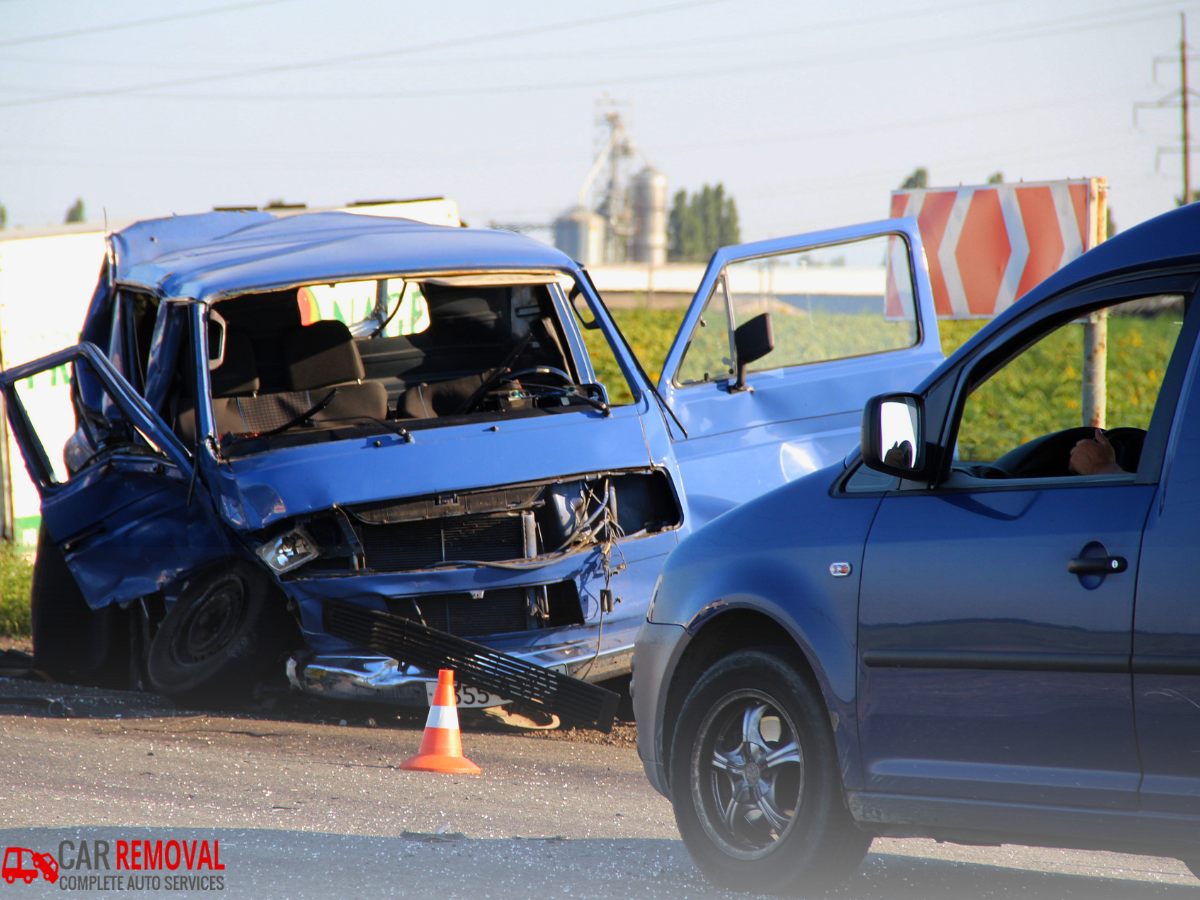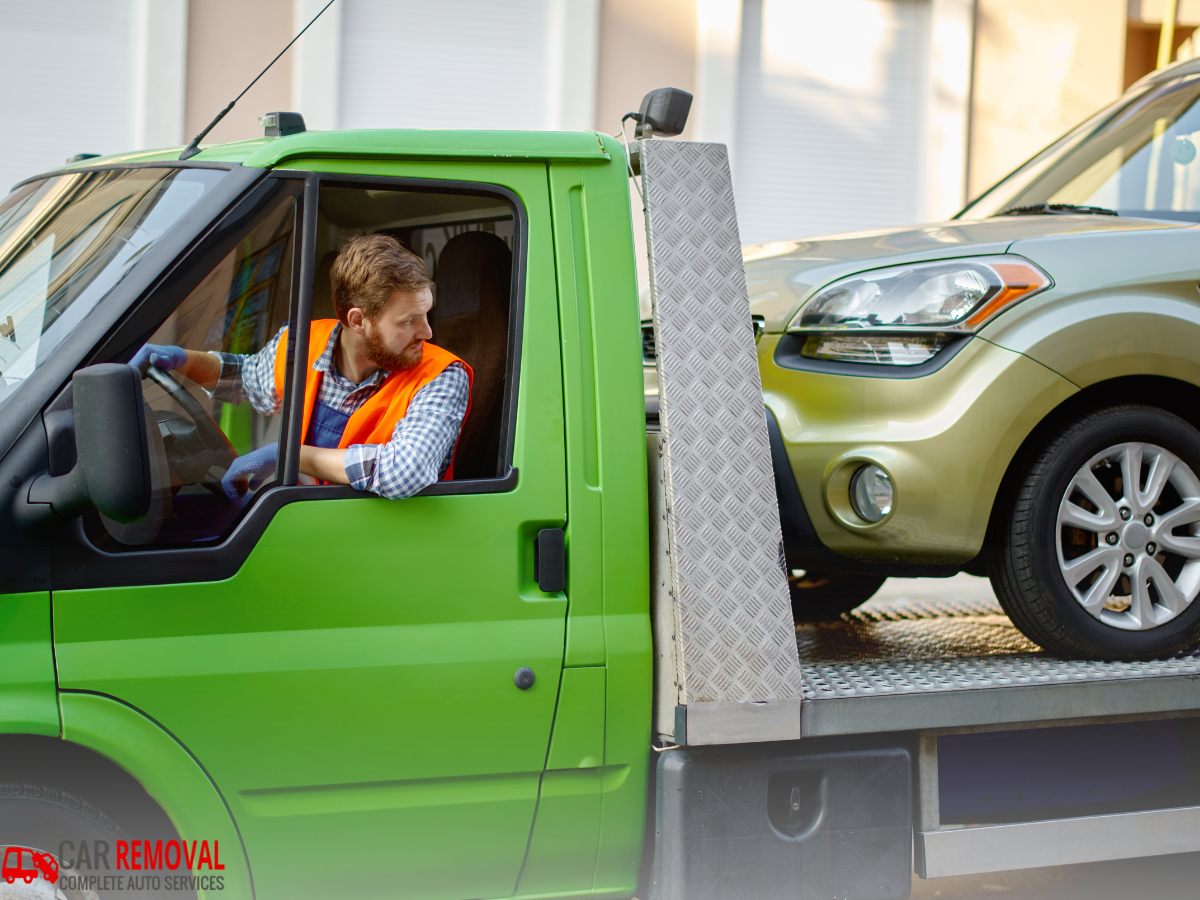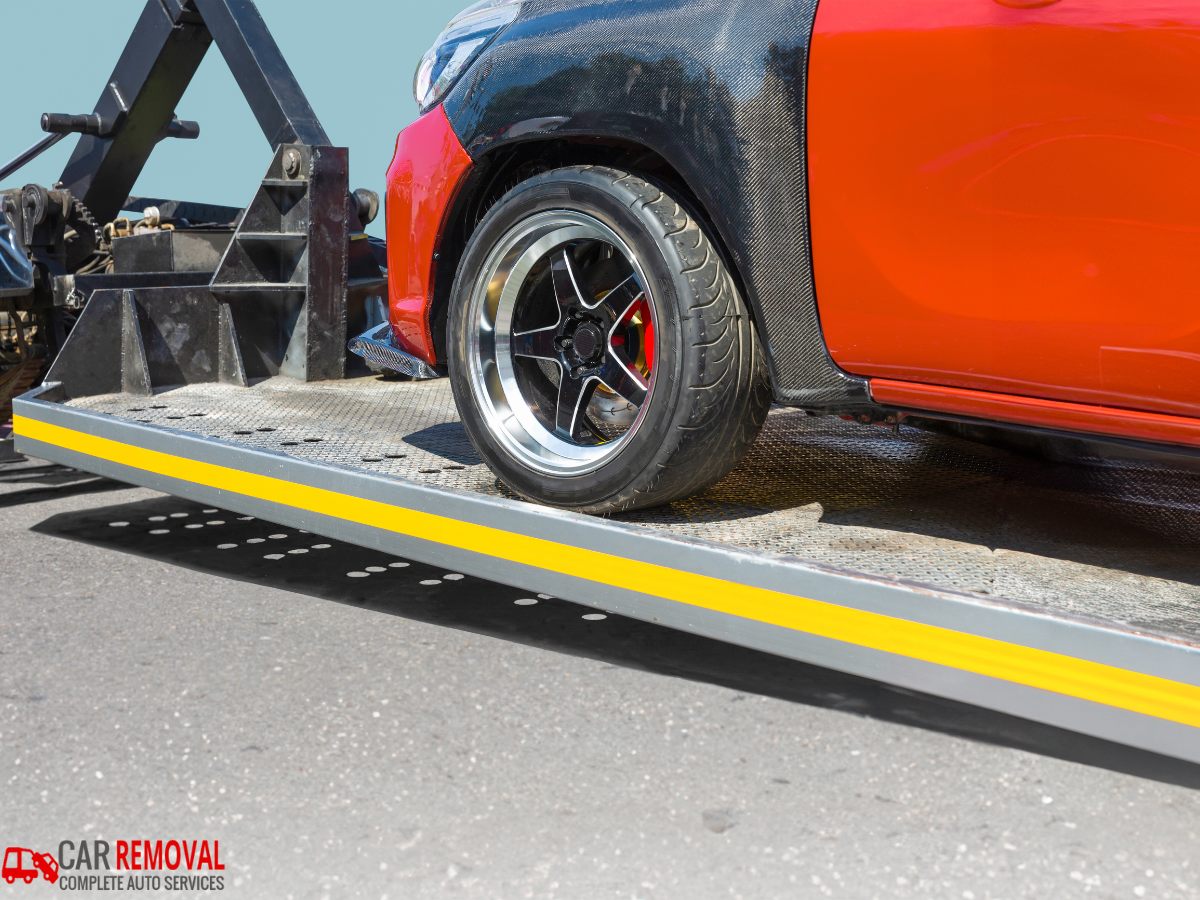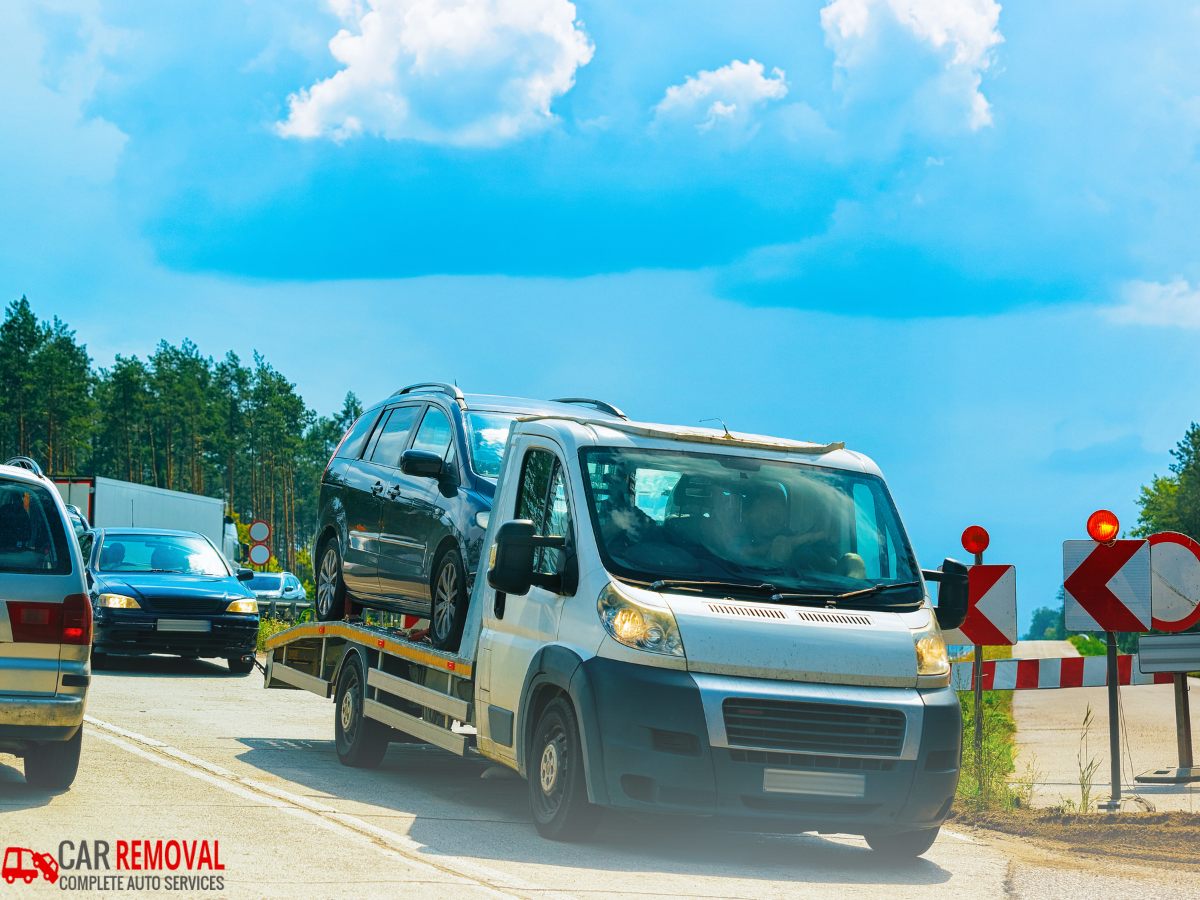
Here at Car Removal Perth, we’ve spent over 15 years evaluating the value of vehicles all across Western Australia. We’ve seen everything from pristine classics to family cars that have done one too many school runs, and of course, thousands of work utes and vans that have helped build this great state. Our business is giving you the best possible cash price for your unwanted or end-of-life vehicle.
So, why are we writing a guide on how to sell your perfectly good LDV?
It's simple. After more than a decade in the automotive game, we know exactly what gives a car value, and what takes it away. You might know us as the team to call when your car has finally given up the ghost, but our expertise doesn't stop there. We want to share that inside knowledge to help you get the absolute best result when you decide to sell your working vehicle.
Your LDV—whether it’s a hard-working T60 ute, a family-hauling D90 SUV, or a business-building G10 van—is a practical, valuable asset. And selling it for the right price comes down to understanding what a practical buyer is looking for. Forget the fluff; this is the no-nonsense 2025 guide to getting top dollar for your LDV in Perth.
Part 1: Preparation – Highlighting Utility and Care
A potential buyer for a second-hand LDV is looking for one thing above all else: a reliable vehicle that represents smart buying. Your job is to make it crystal clear that your car is that smart choice. It all starts with preparation.
The Paperwork Trail: Your Proof of a Good Buy
For a value-focused brand like LDV, a folder full of paperwork is your golden ticket. It builds trust instantly.
-
The Logbook is King: A complete, stamped, and up-to-date logbook service history is the single most important factor in getting a premium price. It tells a buyer you’re a responsible owner who hasn’t cut corners. If you're missing a stamp, try to get a receipt or invoice from the mechanic to fill the gap.
-
Receipts are Gold: Have you put on new tyres in the last year? Replaced the brakes? Gather every single receipt for major work. This is tangible proof of money spent and value added.
-
The Essentials: Make sure you have the original owner's manuals, the current WA registration papers, and, crucially, all sets of keys. A missing spare key is an easy way for a buyer to try and knock a few hundred dollars off the price.
The "Tradie & Family" Deep Clean
You don't need a $500 detailing job, but a weekend of elbow grease will pay for itself many times over. You need to erase the signs of hard work and daily life.
-
Exterior: Start with a thorough wash and a hand wax. Don't forget to get the gunk out of the door jambs and clean the wheel arches. Shine the tyres. First impressions are everything.
-
Interior: This is where you win or lose. A clean interior signals a well-cared-for car.
-
Remove everything that isn’t part of the car.
-
Do a deep vacuum of the carpets, seats, and every little crevice.
-
Use a good quality interior cleaner to wipe down the dashboard, centre console, and door panels.
-
Clean the inside of the windows until they are streak-free.
-
If you have kids, this is the time to tackle those mysterious seat stains with a spot shampoo.
-
-
The Business End: The condition of the cargo area is a huge indicator of how the vehicle was treated. For a T60 ute, pull out any rubber mats and give the tray a proper scrub and high-pressure hose. For a G10 or Deliver 9 van, sweep it out completely and wash the floor. An empty, clean cargo area looks professional and ready for its next job.
Smart Repairs: Spend a Little to Make a Lot
-
Functionality First: Go through the car and test everything. Does the air-con blow cold? Do all the electric windows work? Do all the interior and exterior lights function? A buyer will check these things. A blown globe costs $10 to fix but can make a buyer question the car's entire electrical system. Fix the small, functional things.
-
Cosmetics: For a D90 family SUV, it’s worth spending a couple of hundred dollars on a professional cut-and-polish to minimise light scratches. For a T60 work ute, a few cosmetic scratches are expected and often not worth fixing. Be honest with yourself about what a typical buyer for your specific model will accept.
Part 2: Pricing – Finding the Sweet Spot in the Perth Market
Pricing your LDV correctly is the key to a quick sale at a great price. Price it too high, and your phone won't ring. Price it too low, and you're leaving money on the table.
-
Become a Market Researcher: Your best friend here is Carsales.com.au.
-
Search for your exact Year, Make, Model, and Variant (e.g., 2021 LDV T60 Maxe LUXE).
-
Filter the results to "WA Only" to see your local competition.
-
Crucially, filter by kilometres to create a list of 5-10 cars that are genuinely comparable to yours. Note their asking prices.
-
Check Facebook Marketplace and Gumtree as well. The prices might be a bit lower, but it gives you a sense of the quicker-sale market.
-
-
Know Your Value Drivers:
-
Kilometres: The biggest factor. Lower is always better.
-
Service History: As mentioned, a full logbook is worth a premium.
-
Accessories: That expensive canopy, tow bar, roof rack system, or internal van shelving adds real, tangible value. Tally it up!
-
Condition: A clean, well-maintained example will always sell for more than a tired, neglected one.
-
-
Set Your Price: Based on your research, price your vehicle competitively within the range of comparable cars. It’s wise to set your asking price about 5-10% higher than the absolute minimum you’re willing to accept. This gives you some wiggle room for the inevitable negotiation.
Part 3: Marketing – Creating an Honest and Appealing Ad
Your advertisement is your 24/7 salesperson. Make it a good one.
-
Photos Sell Cars: You don’t need a professional photographer. Your modern smartphone is more than capable.
-
Light is Everything: Shoot on a bright but overcast day. The harsh Perth sun creates ugly shadows and reflections.
-
Location, Location: Find a clean, simple background. A local park, a quiet industrial estate, or even an empty level of a car park works well. Avoid cluttered driveways.
-
The Shot List (Minimum 20 photos):
-
Front, back, and both side angles.
-
Close-ups of all four wheels to show tyre condition.
-
A clear shot of the dashboard and centre console.
-
Photos of the front seats and back seats.
-
The clean ute tray or van cargo area.
-
A clear photo of the odometer showing the current kilometres.
-
A photo of the open logbook showing the service stamps.
-
Be Honest: If there’s a noticeable dent or scratch, take a clear photo of it. It builds trust and weeds out buyers who will just use it to haggle aggressively later.
-
-
-
The Perfect Description:
-
Lead with the Vitals: Start with a clear, concise list:
-
Year, Make, Model, Variant
-
Kilometres
-
Transmission (Auto/Manual)
-
Registration Expiry Date
-
-
Tell the Story: Write in simple, clear sentences. Use a bulleted list to highlight key features and every single accessory. Mention why you're selling (e.g., "Upgrading to a new vehicle," "Company car provided," etc.). It makes the sale feel genuine.
-
The Clincher: End with a confident statement like, "Full logbook service history. No accident history. A very reliable and well-looked-after vehicle."
-
Part 4: The Sale – A Secure and Smooth Transaction
You've done the work, your ad is live, and your phone is buzzing. Now it's time to handle the sale like a pro.
-
Handling Enquiries: Be polite and responsive. Be wary of generic scam messages that ignore the details in your ad and ask you to reply to a weird email address.
-
Viewings and Test Drives:
-
Meet in a safe, public place during the day.
-
Before you hand over the keys, ask to see their driver's licence and take a quick photo of it on your phone.
-
Always accompany the buyer on the test drive.
-
-
Negotiation: The buyer will almost always make an offer below your asking price. Don't be offended. If the offer is reasonable, you can meet in the middle. If it’s a lowball offer, confidently justify your price by referring back to the car's excellent condition, full service history, and valuable accessories.
-
Payment and Paperwork: The Most Important Step
-
NEVER accept a personal cheque. A bank cheque is better, but you should still call the issuing bank to verify its legitimacy before proceeding.
-
The Safest Method: A direct bank transfer using Osko or PayID. The funds are usually instant and irrevocable.
-
DO NOT sign anything or hand over the keys until you have logged into your own bank account and have seen that the funds are cleared and present.
-
Once payment is secured, fill out the WA Department of Transport "Vehicle Transfer Application" form. Both you and the buyer need to sign it. Submit your copy immediately to ensure you are no longer liable for the vehicle. Provide the buyer with a simple, handwritten receipt confirming the sale price, date, and vehicle details.
-
When a Private Sale Isn't the Answer, We Are.
Following this guide will put you in the best possible position to sell your LDV for a fantastic price. It takes effort, but it's worth it for a vehicle that has served you well.
But what happens when the sums just don't add up?
What if your T60 has been through the wringer on one too many mine sites? What if the D90's engine has a major problem? What if your G10 van has failed its rego inspection and the repair bill is more than the vehicle is worth?
That’s when the process changes from a hassle to a simple phone call. That’s when you call us.
For any car, in any condition, Car Removal Perth offers a simple promise: an instant cash offer, free vehicle removal from anywhere in Perth, and no-fuss paperwork. Don't spend a cent trying to fix up a car that's past its prime.
For the easiest and most profitable way to handle an unwanted vehicle, call the trusted experts at Car Removal Perth today on 0412-119-053. We put cash in your hand, backed by over 15 years of trusted service in WA.




